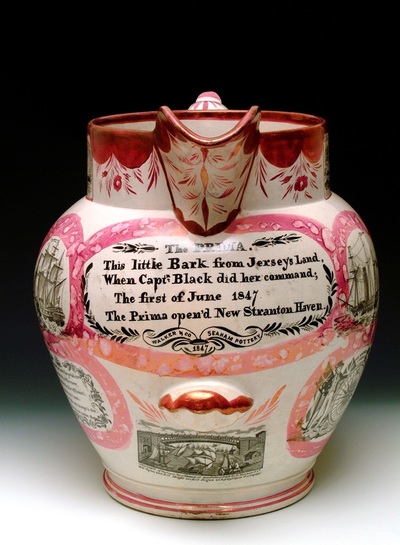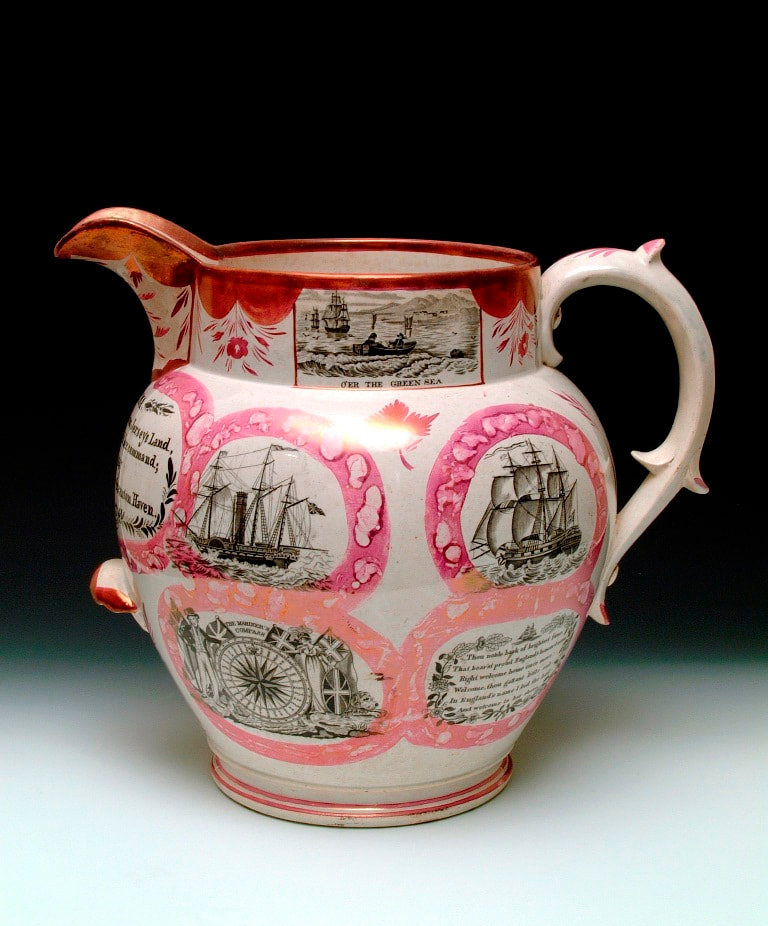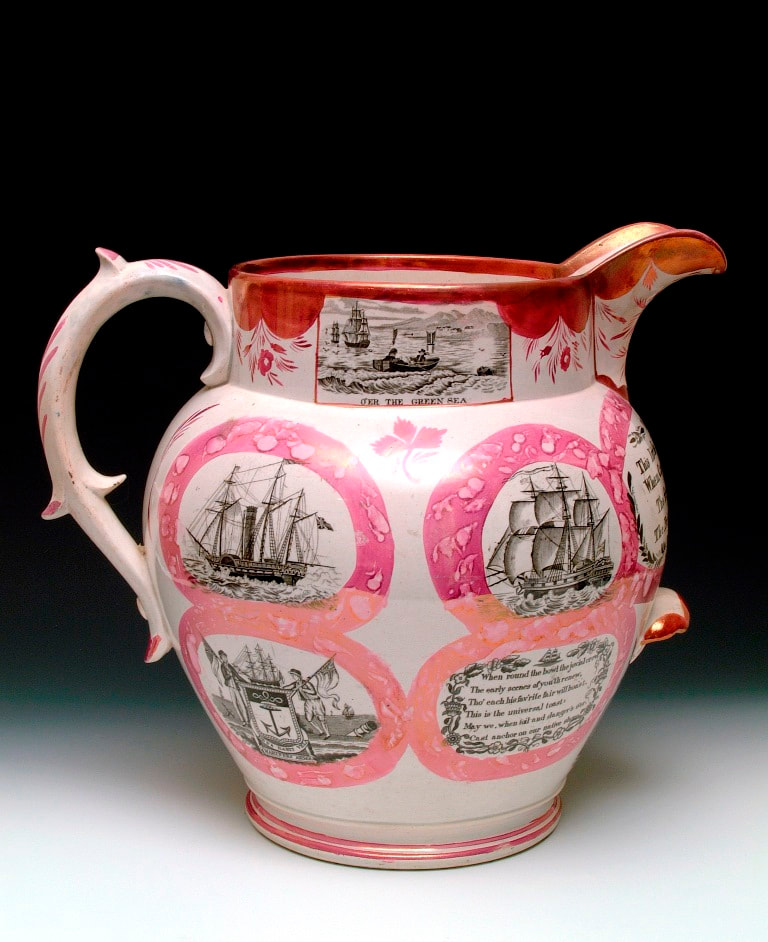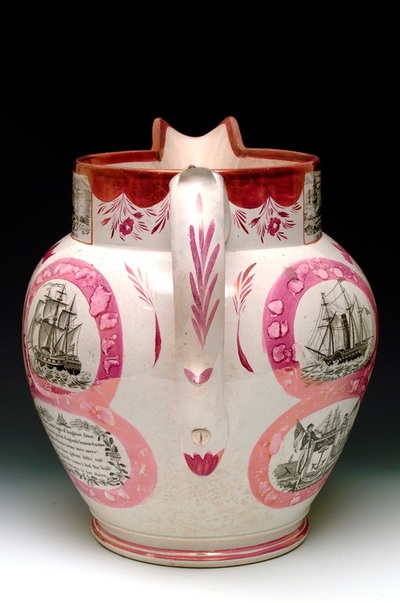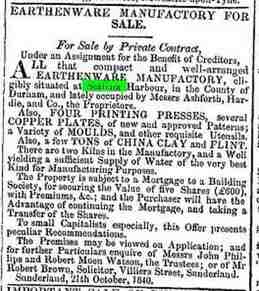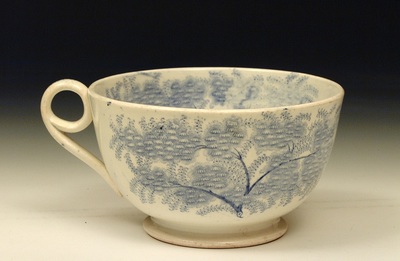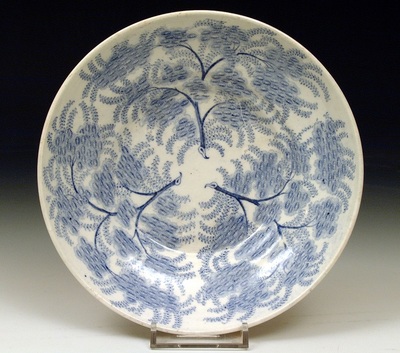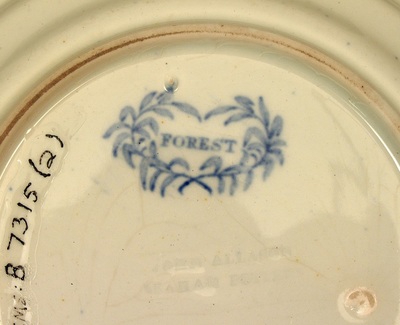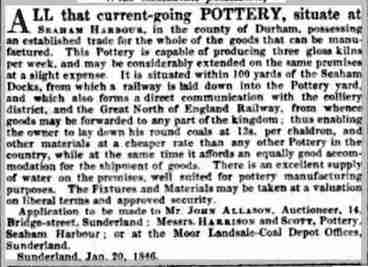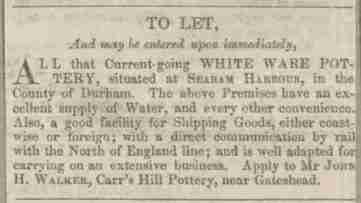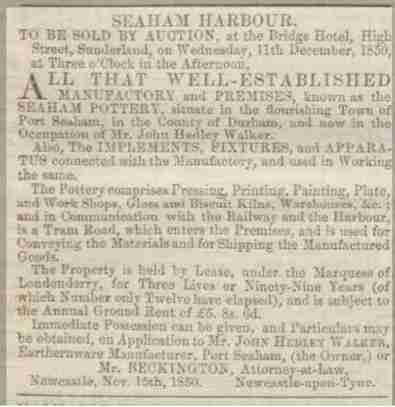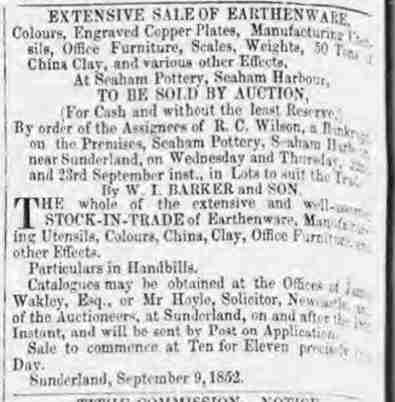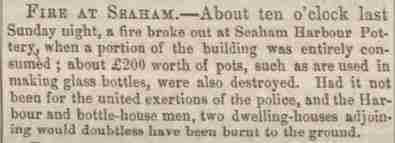|
10/15/2016 1 Comment Seaham PotteryArguably, the most impressive item in the Sunderland Museum and Winter Gardens' collection of local pottery is the Seaham Jug. It was purchased with Art Fund money in 1994, a decade after Baker's book on Sunderland Pottery was last updated. The book contains surprisingly little information about the pottery that produced this spectacular item. Baker lists Seaham's products as 'brown ware and transfer-printed tableware'. The inscription on the jug includes a painted factory mark 'Walker & Co, Seaham Pottery 1847' (click images to enlarge). However, his ownership is only hinted at in Baker. I am indebted to local historian Fred Cooper for the press cuttings that follow, and to Shauna Gregg at the Sunderland Museum and Winter Gardens for the photos of pottery. Baker suggests the pottery was built 'in 1836 by Captain Plowright of Lynn for the manufacture of brown ware'. The pottery was then owned by 'a group of workers from Dawson's Pottery who converted the works to the production of printed white ware', and operated between 1838 and 1841. The first cutting is from the Newcastle Courant, November 6th, 1840. It advertises the sale of an earthenware manufactory with 'peculiar recommendations' to 'small capitalists especially'. The list of effects confirms Baker's description above and includes 'four printing presses' and 'several copper plates, of new and approved patterns'. Contrary to Baker's dates, the factory appears to have then been run by John Allason between 1841 and 1846. Here's an item with the impressed mark 'John Allason, Seaham Pottery' from the Sunderland Museum collection. The advert below, interestingly from the Staffordshire Advertiser, tries to attract buyers from the other side of the country. The advert draws attention to the close proximity to the docks, railway and colliery district – factors which created a huge competitive advantage for north-east pottery manufacturers. From 1846 to 1850, the pottery was owned by John Hedley Walker. So the Sunderland Museum jug fits in here, made in 1847 by 'Walker & Co'. In March 1849, there's a notice in the Newcastle Guardian offering the premises to let 'immediately', and Walker appears to have moved to Carr's Hill Pottery, near Gateshead. Walker sold the premises at an auction on December 11th, 1850 (this notice taken from the Newcastle Journal, November 23rd, 1850). The property is again offered for 'immediate possession'. The property appears to have been bought by R.C. Wilson, but his ownership was short lived. An advert in the Newcastle Courant, September 10th, 1852, describes R.C. Wilson as 'a bankrupt', and offers the pottery's effects, including copper plates, for sale without reserve. The misfortunes of the pottery continue with a fire in 1854 'entirely consuming' the premises (this cutting from the Newcastle Guardian, April 1st, 1854). Interestingly, Baker writes that 'Fordyce in his History of the County of Durham, 1857, states that Seaham Harbour Pottery belongs to Mr John Hedley Walker'. However, it seems unlikely that after having to let the property in 1849, and after it had driven R.C. Wilson to bankruptcy, that Walker would want to rebuild it.
1 Comment
|
AuthorStephen Smith lives in London, and is always happy to hear from other collectors. If you have an interesting collection of plaques, and are based in the UK, he will photograph them for you. Free advice given regarding selling and dispersal of a collection, or to those wishing to start one. Just get in touch... Archives
February 2022
AcknowledgementsThis website is indebted to collectors, dealers and enthusiasts who have shared their knowledge or photos. In particular: Ian Holmes, Stephen Duckworth, Dick Henrywood, Norman Lowe, Keith Lovell, Donald H Ryan, Harold Crowder, Jack and Joyce Cockerill, Myrna Schkolne, Elinor Penna, Ian Sharp, Shauna Gregg at the Sunderland Museum, Keith Bell, Martyn Edgell, and Liz Denton.
|
